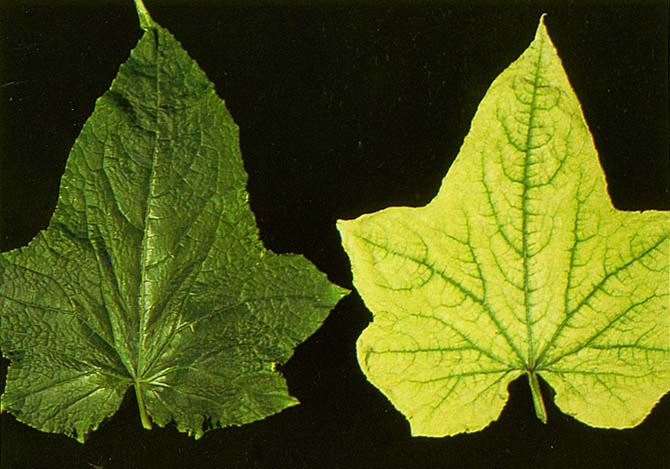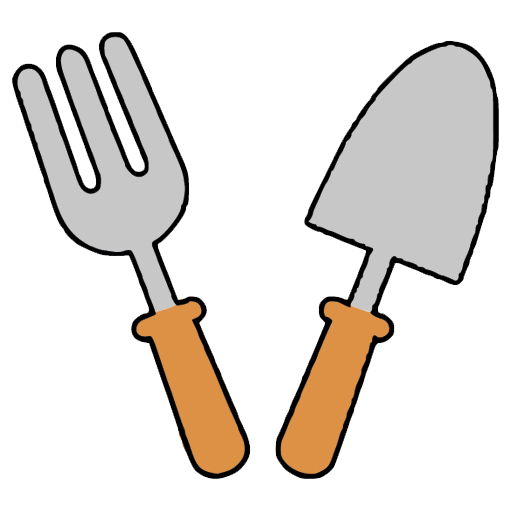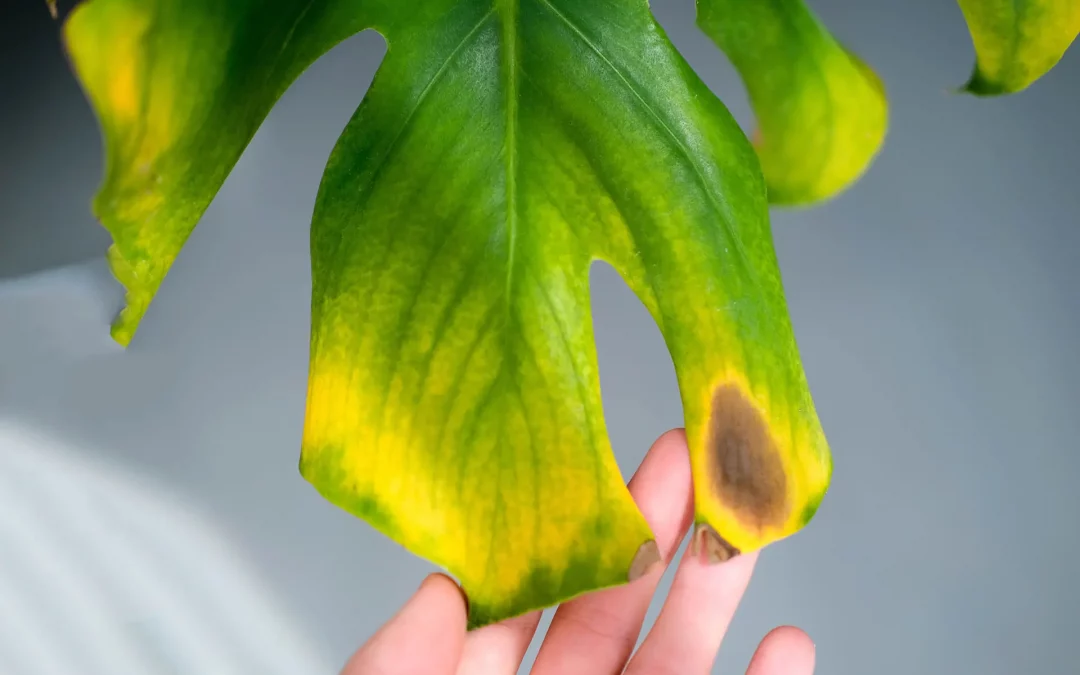Contents
- 1 How Nutrient Deficiency Shows Up in Indoor Plants (Spot Problems Early)
- 1.1 Spot the Signs Before It’s Too Late
- 1.2 Why Nutrients Matter So Much
- 1.3 The Big Three: Nitrogen, Phosphorus, and Potassium (N-P-K)
- 1.4 Micronutrient Deficiencies (The Hidden Trouble-Makers)
- 1.5 When the Soil Is the Problem
- 1.6 Preventing Nutrient Deficiency Indoors
- 1.7 FAQs About Indoor Plant Nutrient Deficiency
- 1.8 Final Thoughts on Nutrient Deficiency in Indoor Plants
- 2 Prevent Mold and Fungus in Indoor Soil
How Nutrient Deficiency Shows Up in Indoor Plants (Spot Problems Early)
Spot the Signs Before It’s Too Late
Your indoor plants might look lush one week — and suddenly turn pale, weak, or droopy the next. While overwatering is often blamed, nutrient deficiency in indoor plants is one of the most overlooked causes of poor growth and fading leaves.
Each leaf, stem, and root tells a story. By learning the early warning signs, you can take action before your plant’s health declines.
For more help diagnosing yellow leaves, check out Why Indoor Plants Turn Yellow (Causes & Fast Fixes).
Why Nutrients Matter So Much
Unlike outdoor plants that draw minerals from deep soil layers, indoor plants rely entirely on the nutrients you provide. Over time, nutrients get used up or flushed away through watering.
Without regular feeding, deficiencies start to show as:
Slower or stunted growth
Discolored or curled leaves
Weak stems or poor flowering
Root dieback and poor water absorption
That’s why using the right indoor plant fertilizer — and applying it at the right time — is key to long-term health.

The Big Three: Nitrogen, Phosphorus, and Potassium (N-P-K)
Most fertilizers list these three letters on the label. Each nutrient plays a specific role:
| Nutrient | Function | Deficiency Signs |
|---|---|---|
| Nitrogen (N) | Promotes leaf and stem growth | Yellowing of older leaves, weak stems |
| Phosphorus (P) | Supports root and flower development | Dark green or purplish leaves, poor flowering |
| Potassium (K) | Strengthens overall plant health | Brown leaf edges, curling tips |
Pro Tip: Use a balanced liquid fertilizer (10-10-10 or 20-20-20) for general feeding, or a high-nitrogen feed for leafy plants like pothos or peace lilies.
Amazon Product Suggestions (naturally inserted):
You can find balanced indoor plant food, liquid kelp fertilizer, and slow-release fertilizer pellets on Amazon — ideal for replenishing soil nutrients gradually without overfeeding.
Micronutrient Deficiencies (The Hidden Trouble-Makers)
Even if you’re using fertilizer, your plants can still struggle due to missing micronutrients. These are the “trace elements” that plants need in small amounts — but missing them can cause big problems.
🔸 Iron (Fe) Deficiency
Symptoms: New leaves turn pale yellow while veins stay green.
Fix: Apply an iron supplement or chelated iron spray directly to the leaves.
🔸 Magnesium (Mg) Deficiency
Symptoms: Older leaves turn yellow between the veins, then develop brown spots.
Fix: Mix Epsom salt (1 tablespoon per gallon of water) and apply monthly.
🔸 Calcium (Ca) Deficiency
Symptoms: Deformed new growth or weak stems.
Fix: Add calcium nitrate or use a fertilizer with added lime.
🔸 Zinc and Manganese Deficiency
Symptoms: Small, distorted leaves or poor new growth.
Fix: Use a micronutrient supplement or complete houseplant fertilizer.

When the Soil Is the Problem
Even if you fertilize regularly, compacted or exhausted soil can block nutrient absorption. Over time, salts and minerals build up, creating an imbalance.
Signs of poor soil health:
White crusts on soil surface (salt buildup)
Water sitting on top instead of draining
Leaves yellowing despite feeding
Fix:
Flush soil monthly with clean water to remove salt buildup.
Repot every 6–12 months with fresh indoor potting mix.
Add perlite or coco coir to improve aeration.
The Spruce – How to Flush Soil and Remove Fertilizer Buildup
Preventing Nutrient Deficiency Indoors
Healthy feeding routines make a huge difference in preventing nutrient problems.
✅ 1. Feed During the Growing Season
Most houseplants grow actively from spring through early autumn. Fertilize every 2–4 weeks with a diluted solution.
✅ 2. Use the Right Type of Fertilizer
Choose based on your plant’s type:
Leafy plants (pothos, peace lily): High-nitrogen
Flowering plants (African violets, orchids): High-phosphorus
Succulents: Low-nitrogen, slow-release
✅ 3. Don’t Overfeed
More isn’t better. Over-fertilizing burns roots and causes leaf tip browning. Always start with half-strength fertilizer and observe your plant’s response.
✅ 4. Refresh the Soil Yearly
Even the best fertilizer can’t fix poor soil. Repot annually with nutrient-rich potting mix.
FAQs About Indoor Plant Nutrient Deficiency
1. How do I know if my plant needs fertilizer or water?
Wilting plus dry soil = water issue. Yellowing leaves with moist soil = likely nutrient deficiency.
2. Can tap water cause nutrient issues?
Yes. Hard water leaves salt deposits that block nutrient absorption — use filtered or distilled water if possible.
3. Should I use organic or synthetic fertilizer?
Both work. Organic fertilizers release slowly and improve soil health, while synthetic ones give fast results. Alternate for balance.
Final Thoughts on Nutrient Deficiency in Indoor Plants
Indoor plants depend entirely on you for their nutrition. Recognizing the early signs — yellowing, pale leaves, stunted growth — allows you to act quickly and restore balance.
Feed regularly, refresh the soil, and monitor your plants’ responses. With a consistent care routine, you’ll enjoy greener, stronger, and more resilient plants year-round.
Keep your plants thriving — they’ll thank you with lush, vibrant growth.
Related Articles
KEEP YOUR PLANTS STRONG FROM ROOT TO LEAF
Prevent Mold and Fungus in Indoor Soil
Even well-fed plants can struggle in poor soil. Learn how to stop fungus and mold growth naturally to keep your indoor garden healthy all year round.

